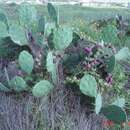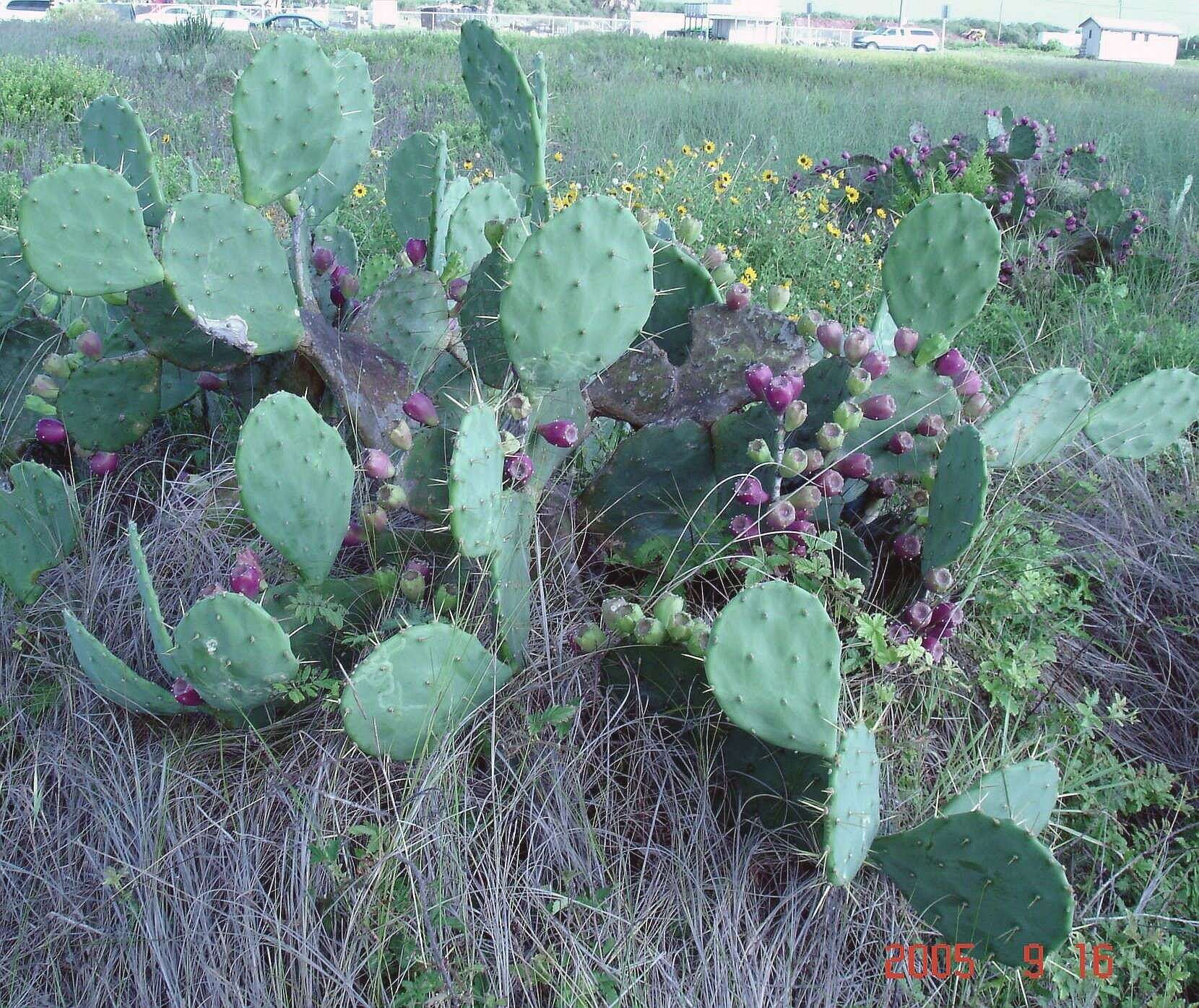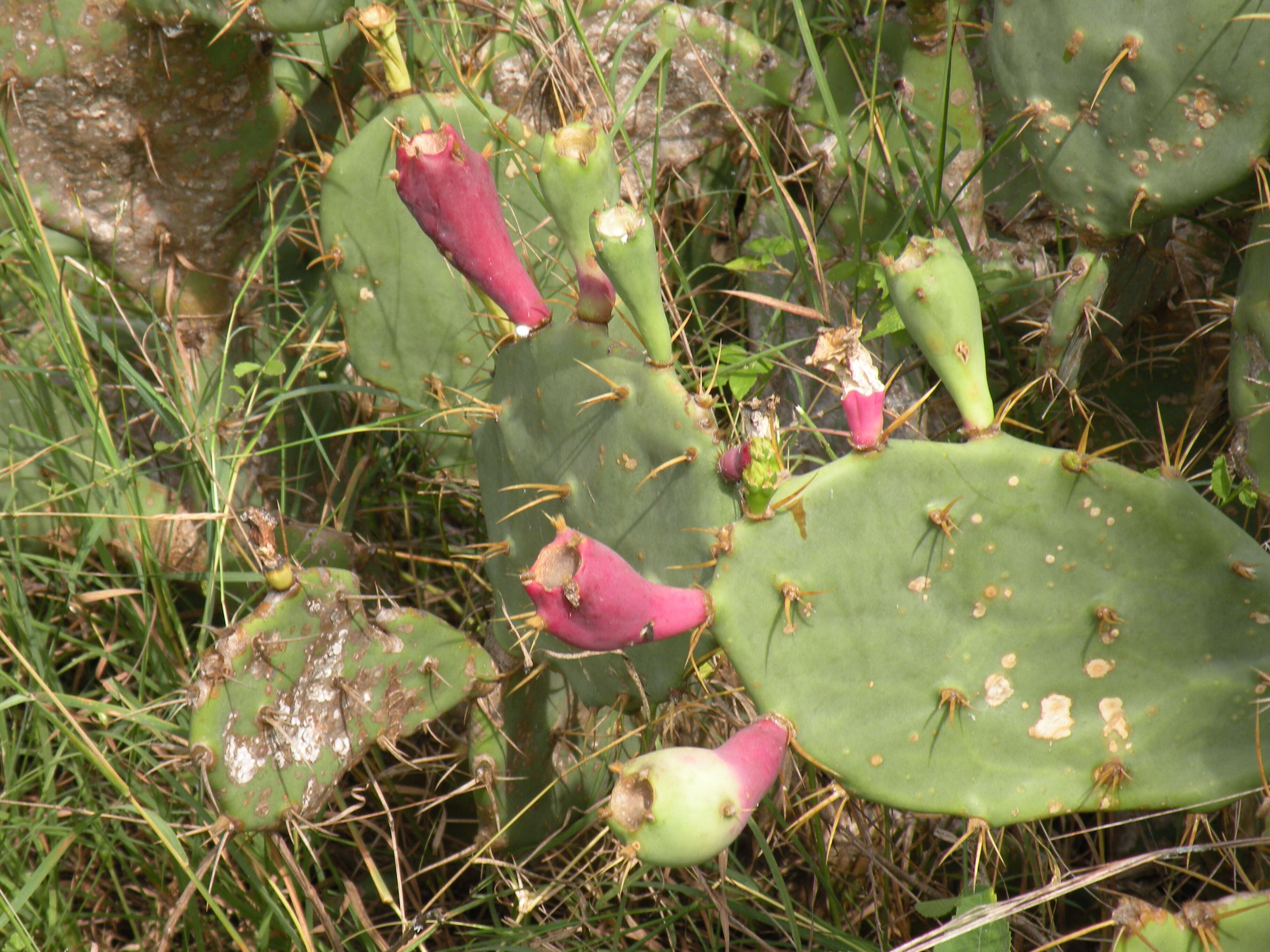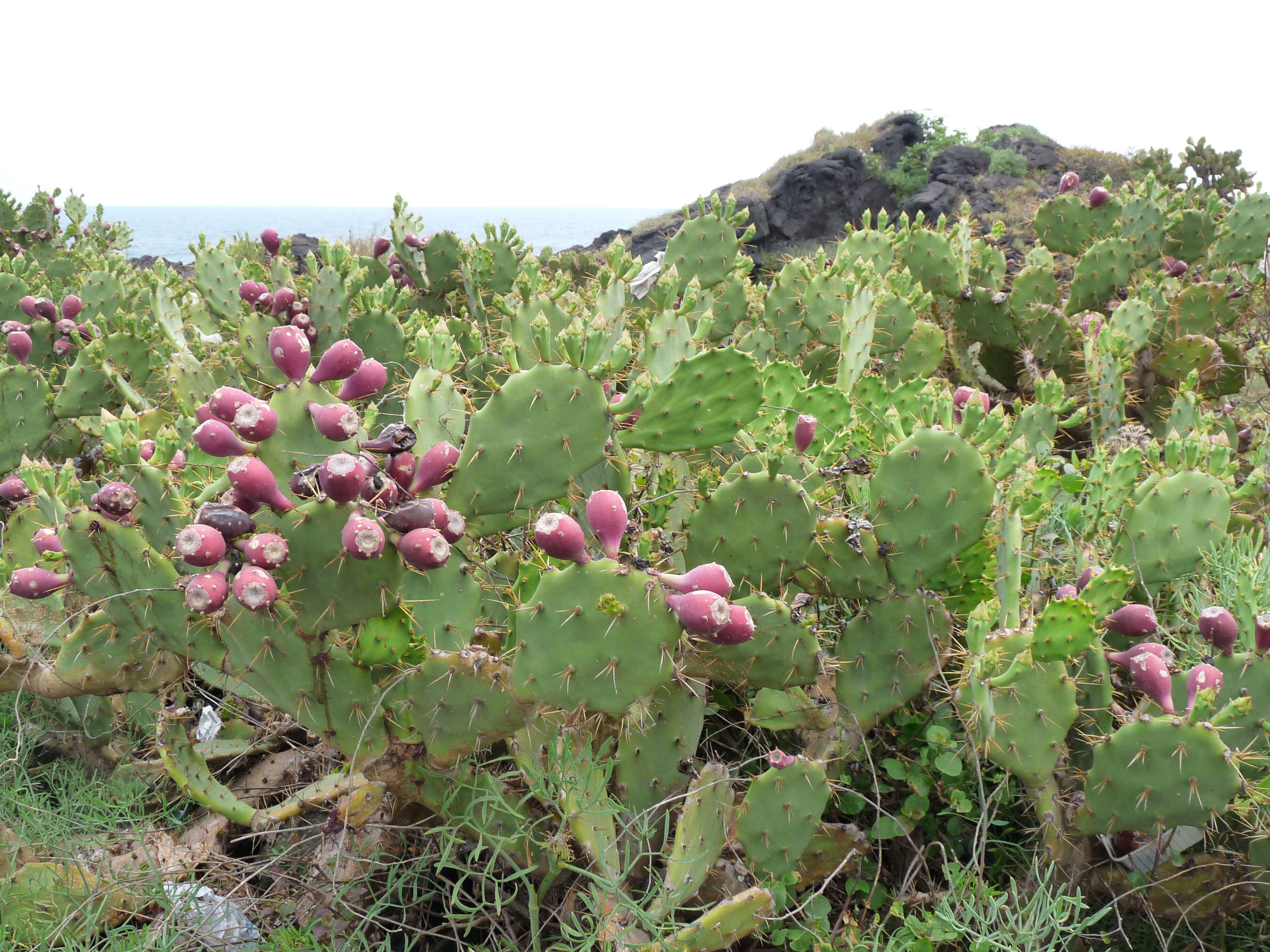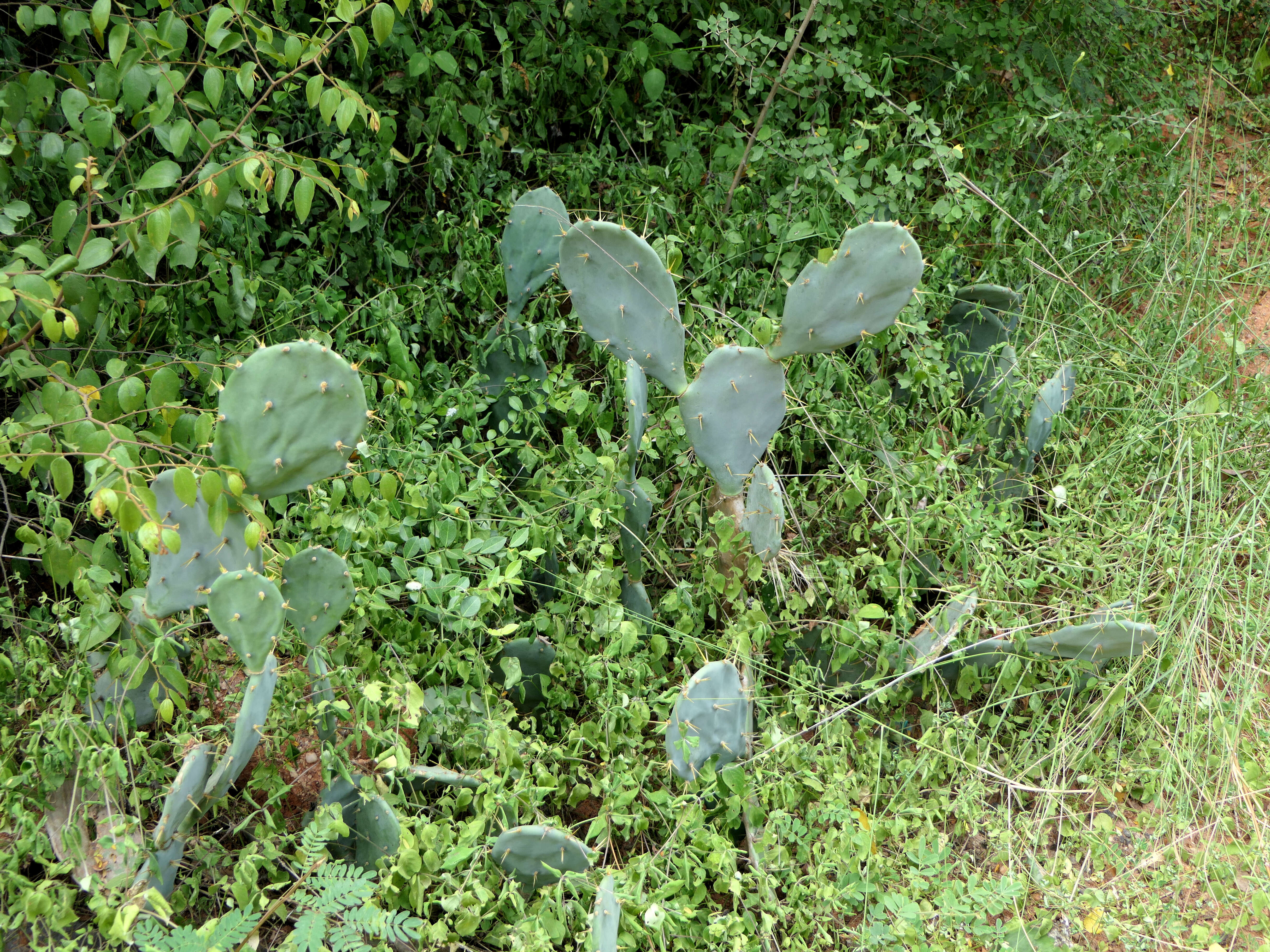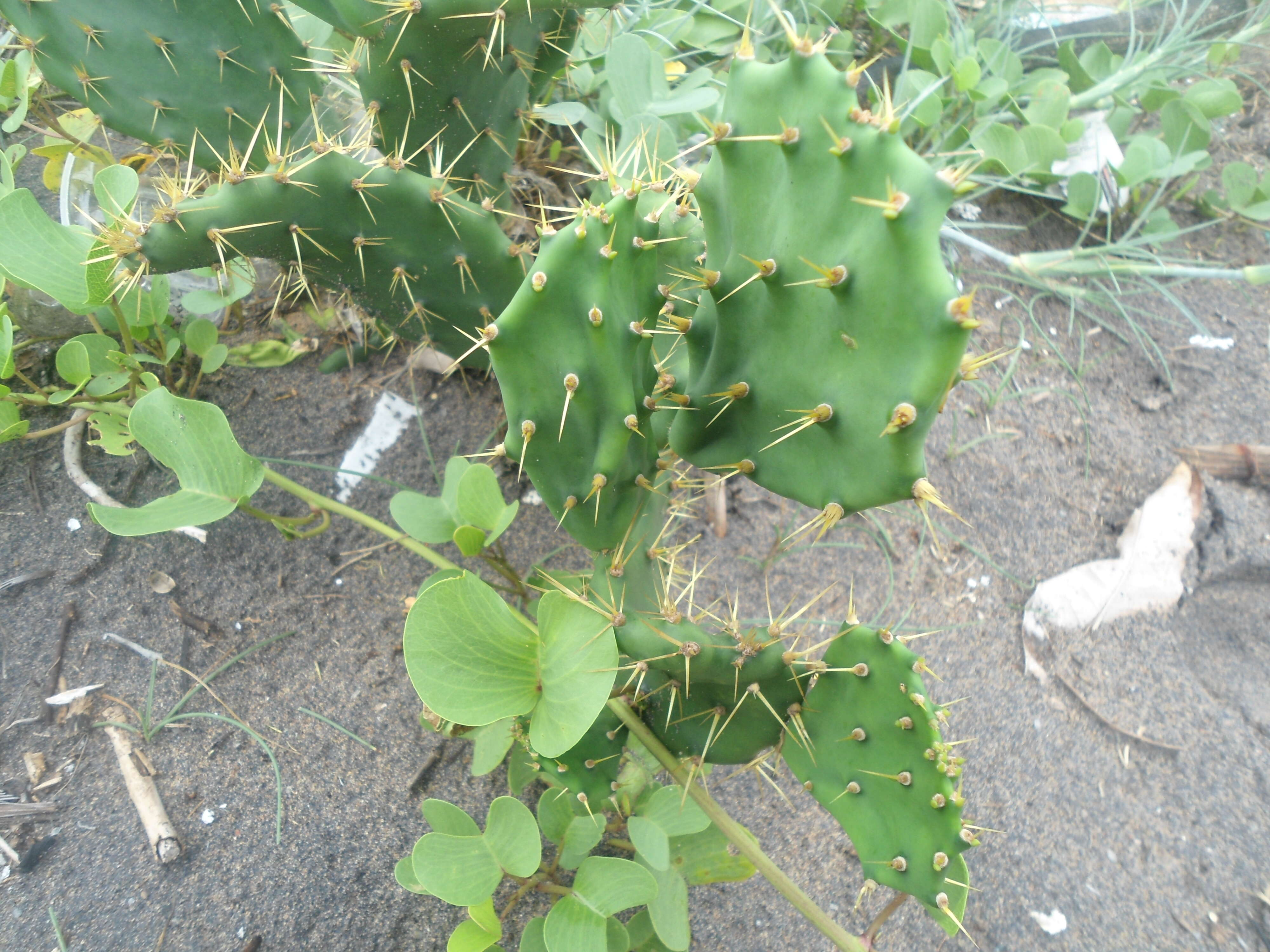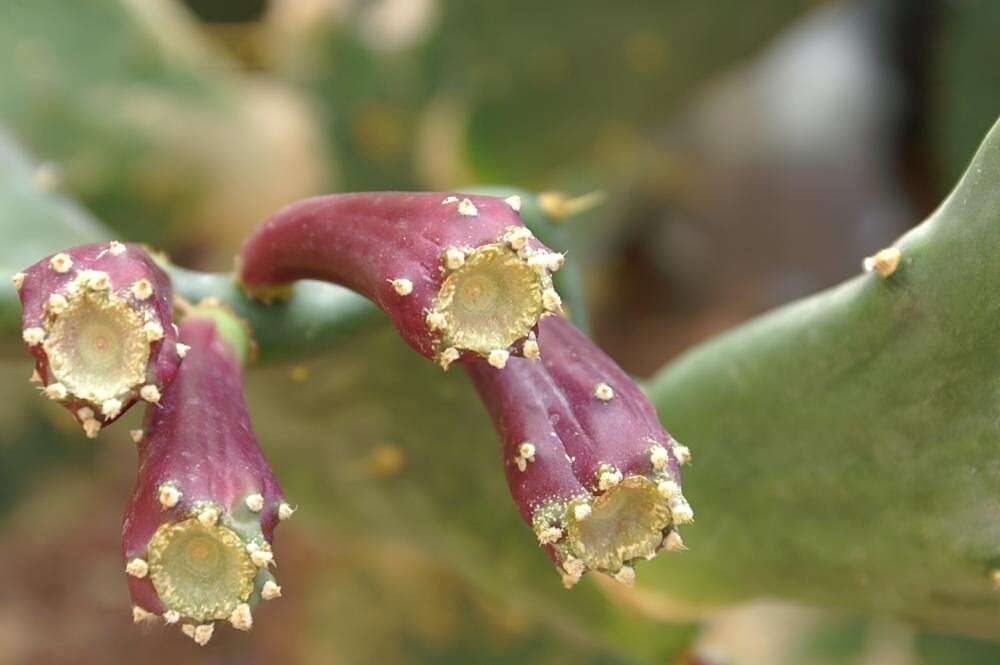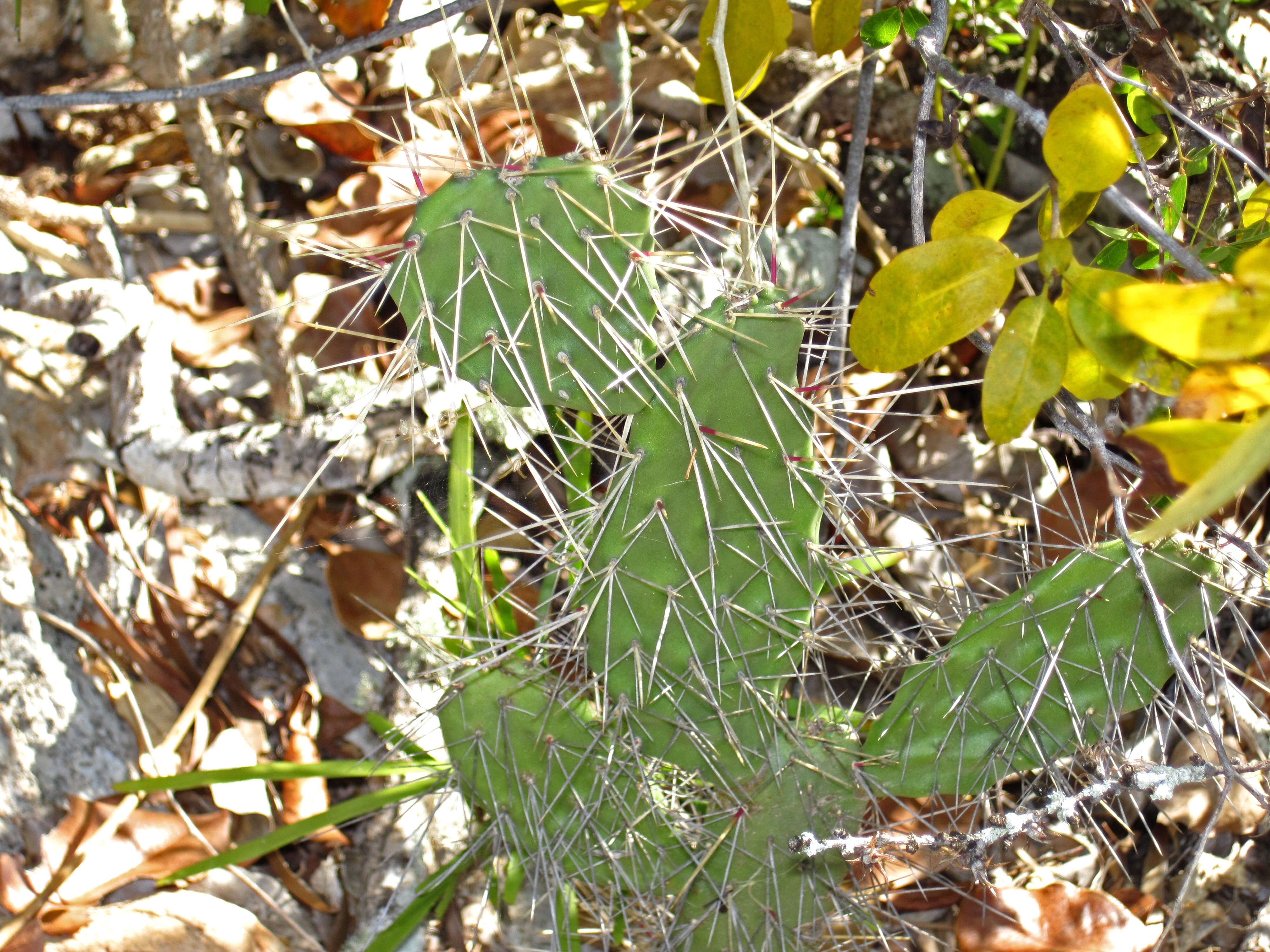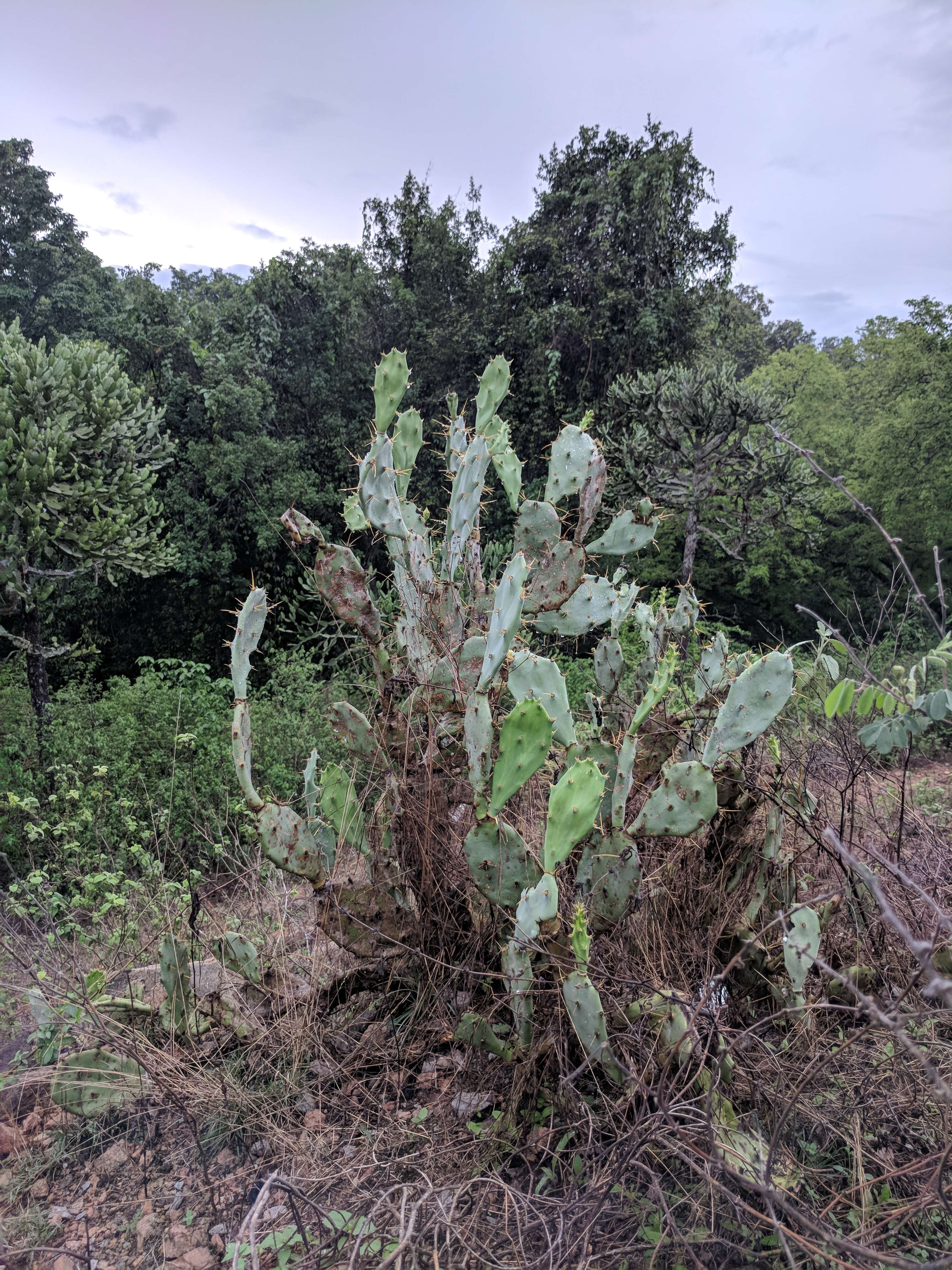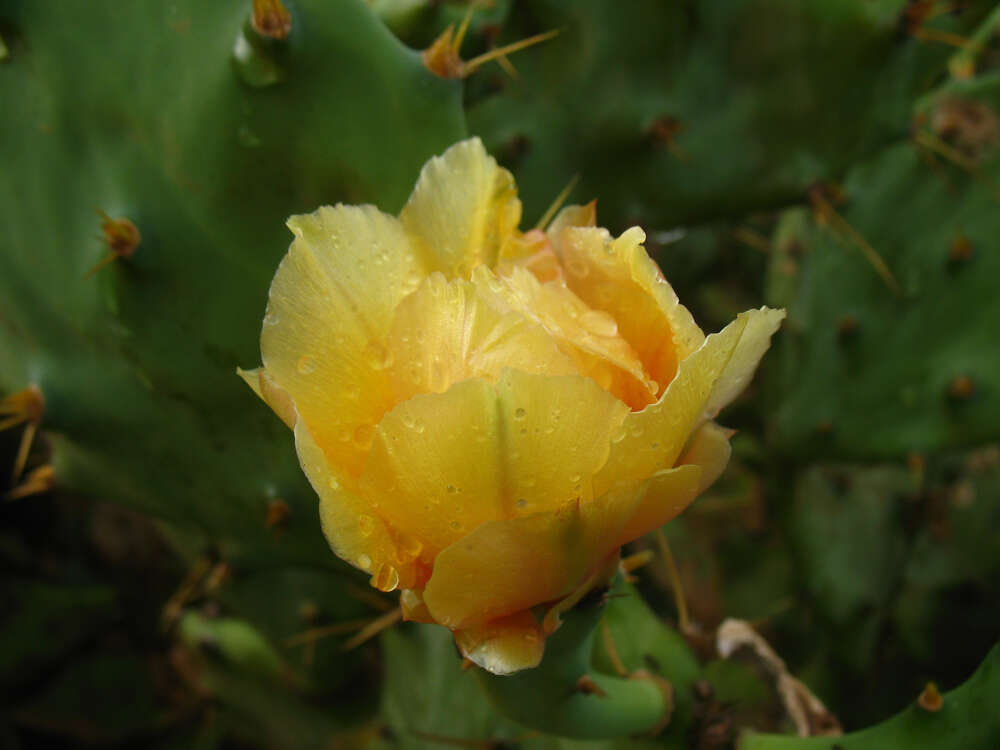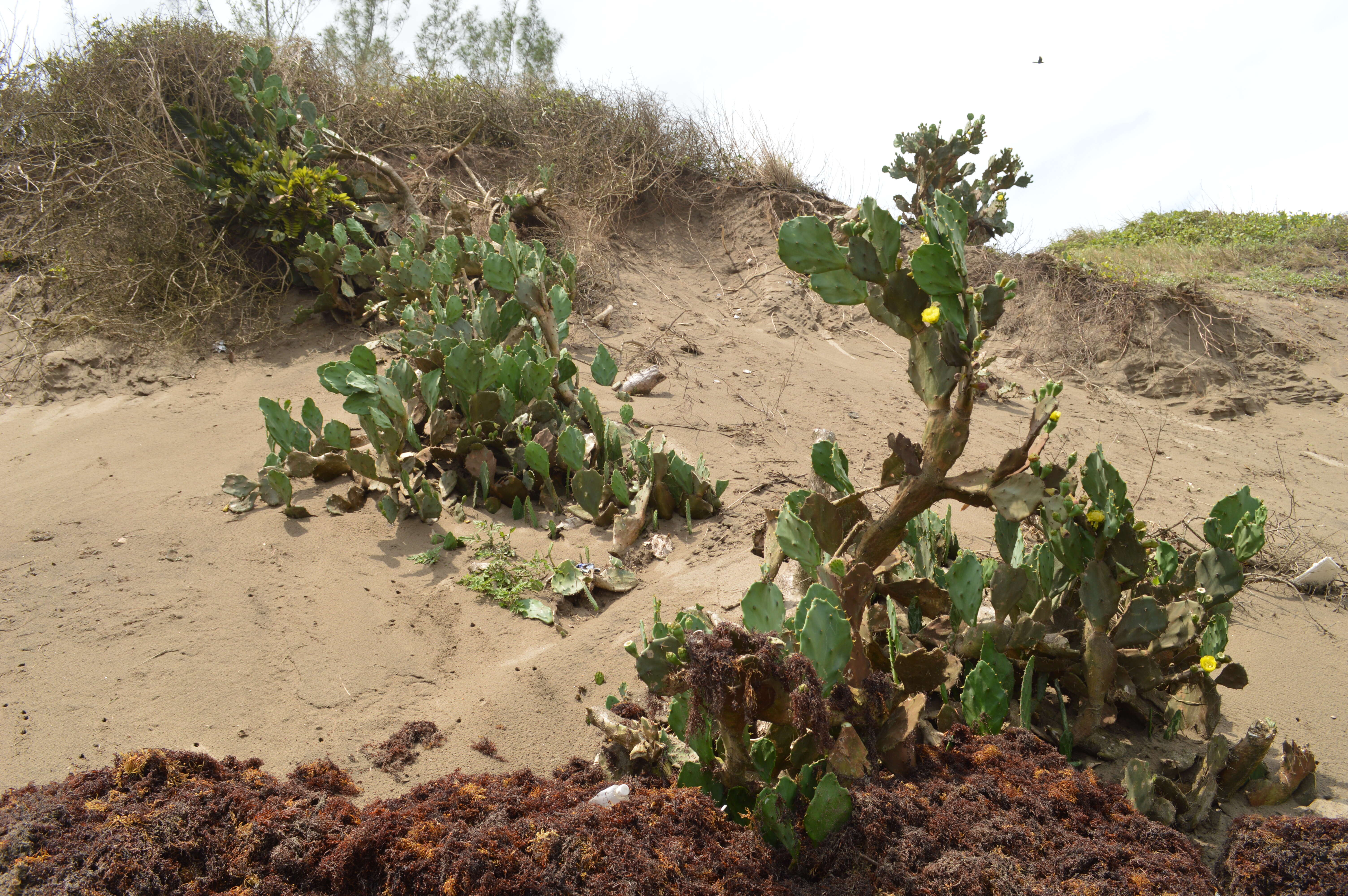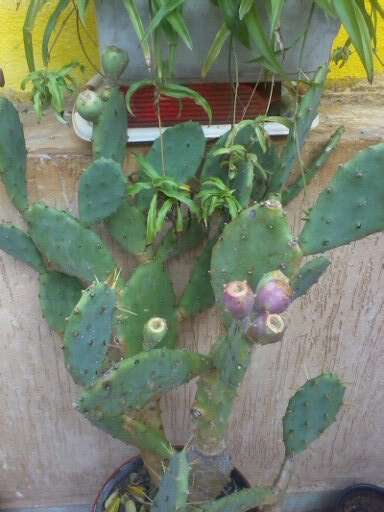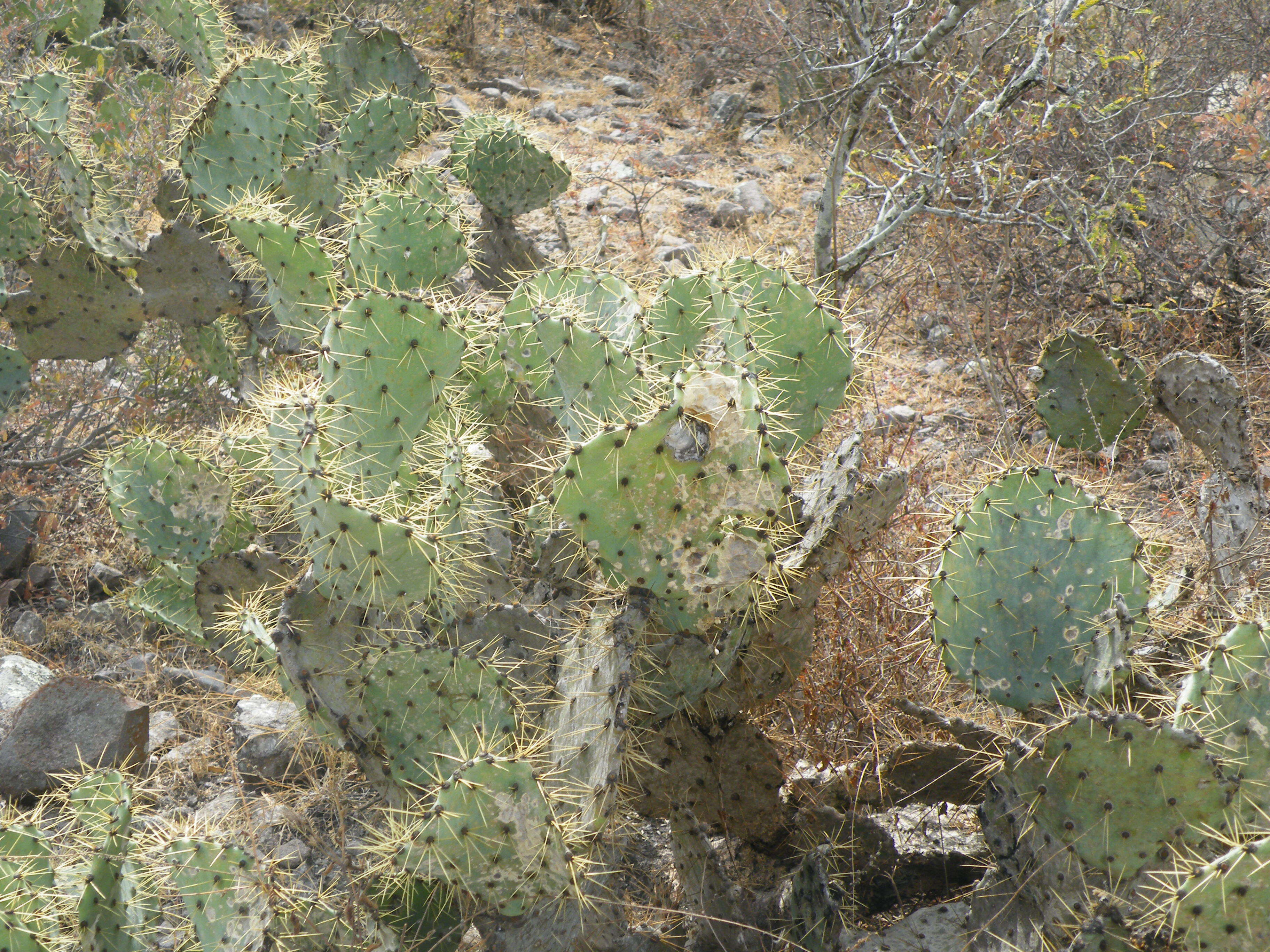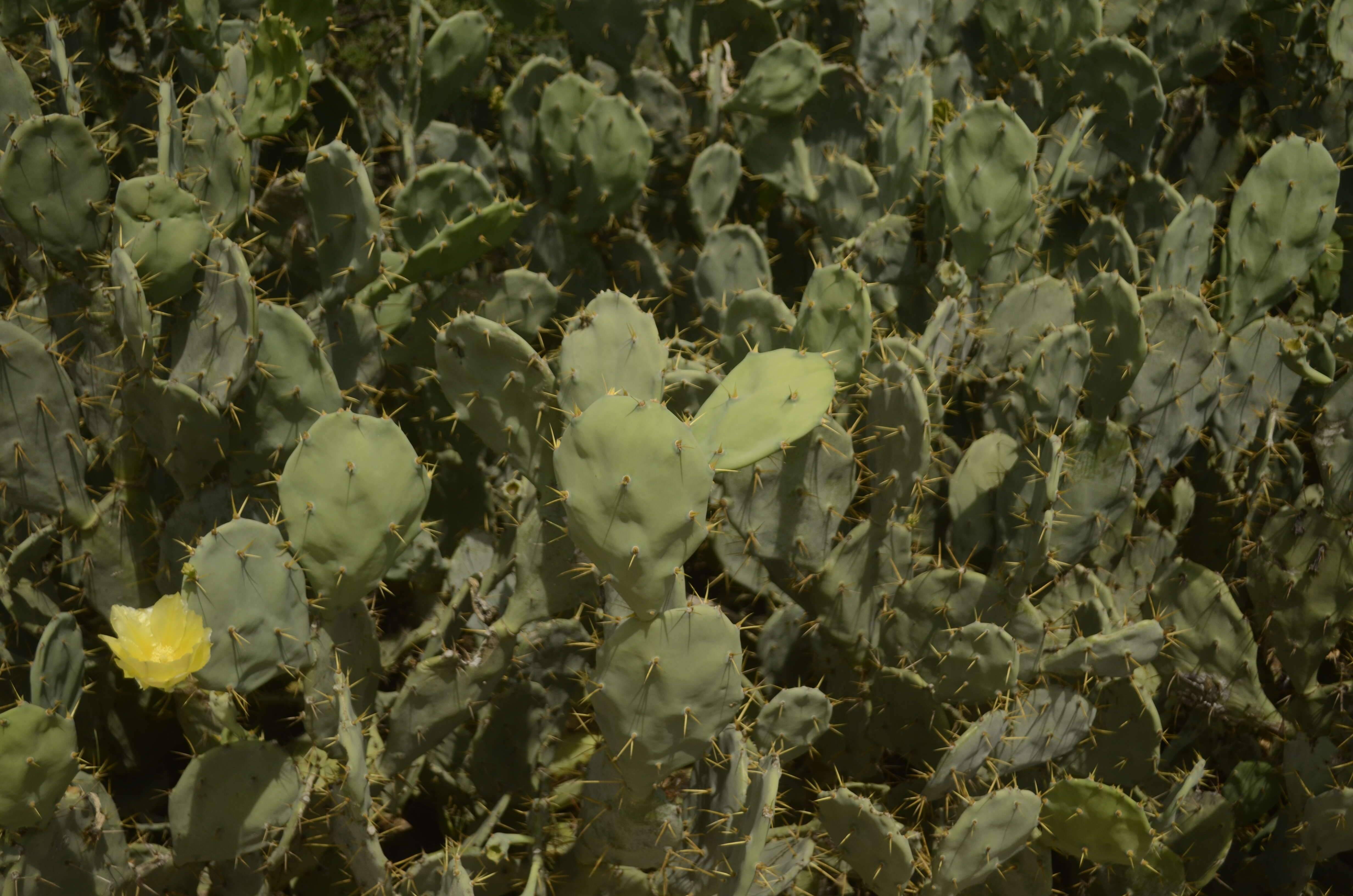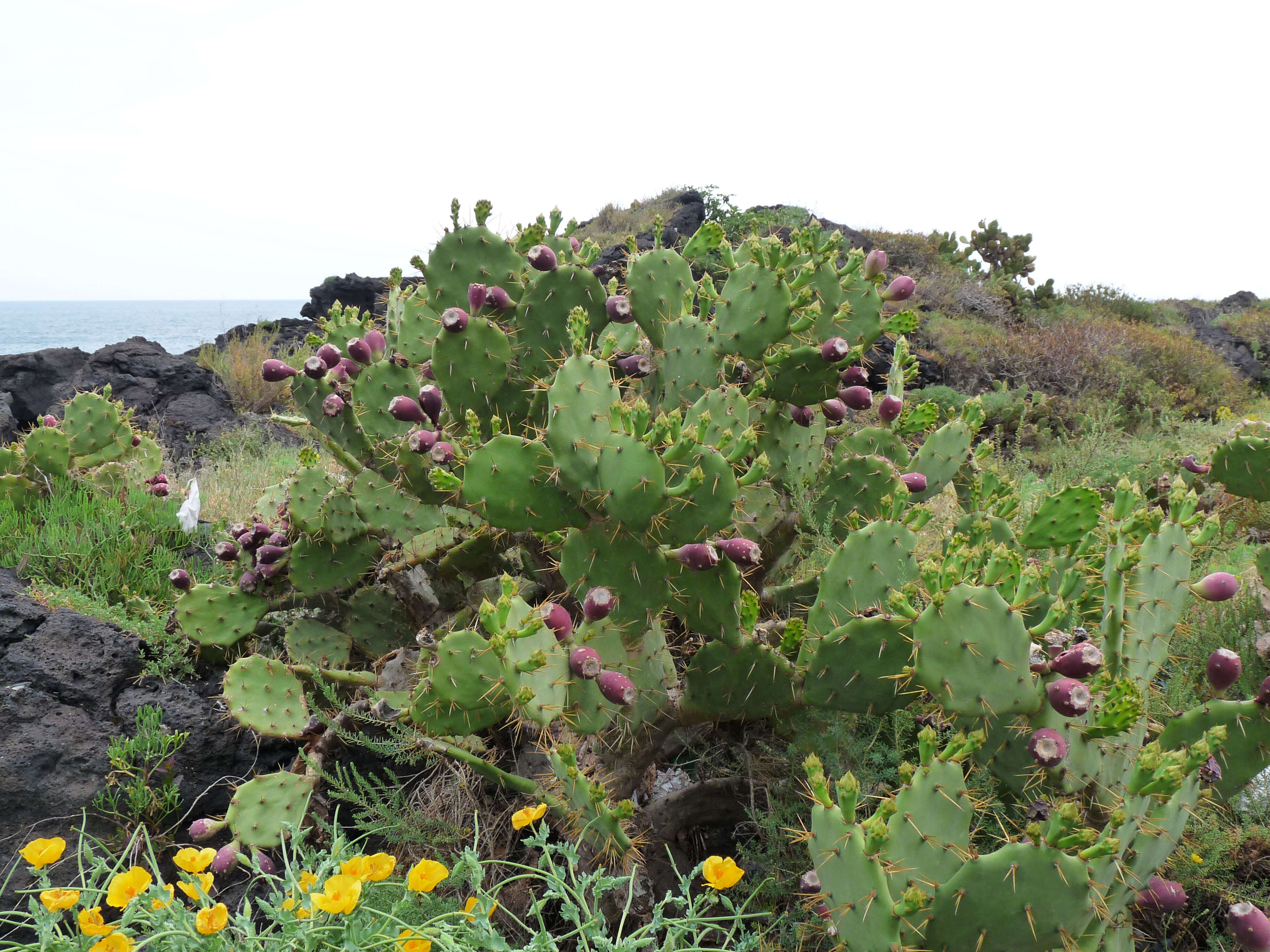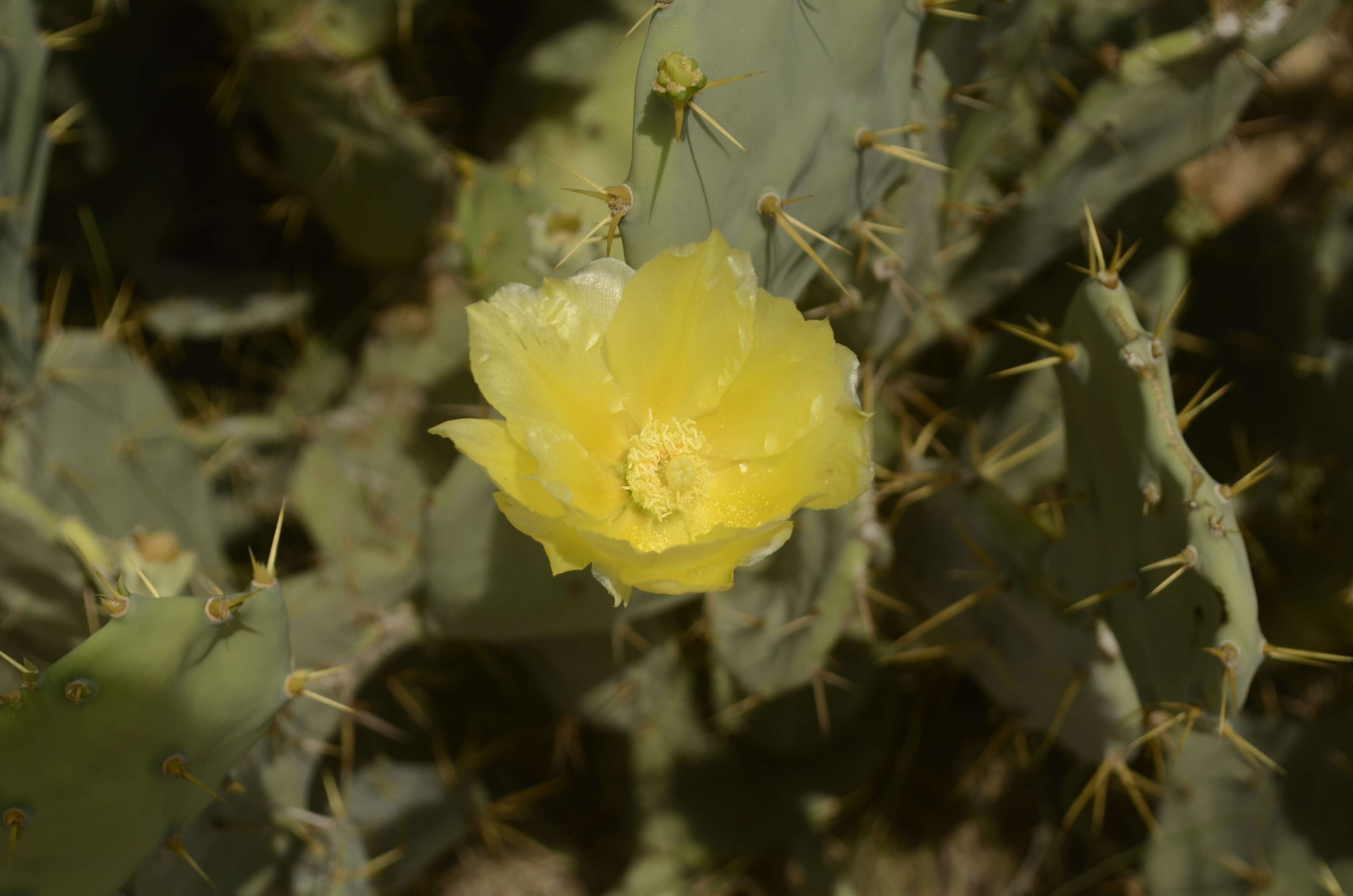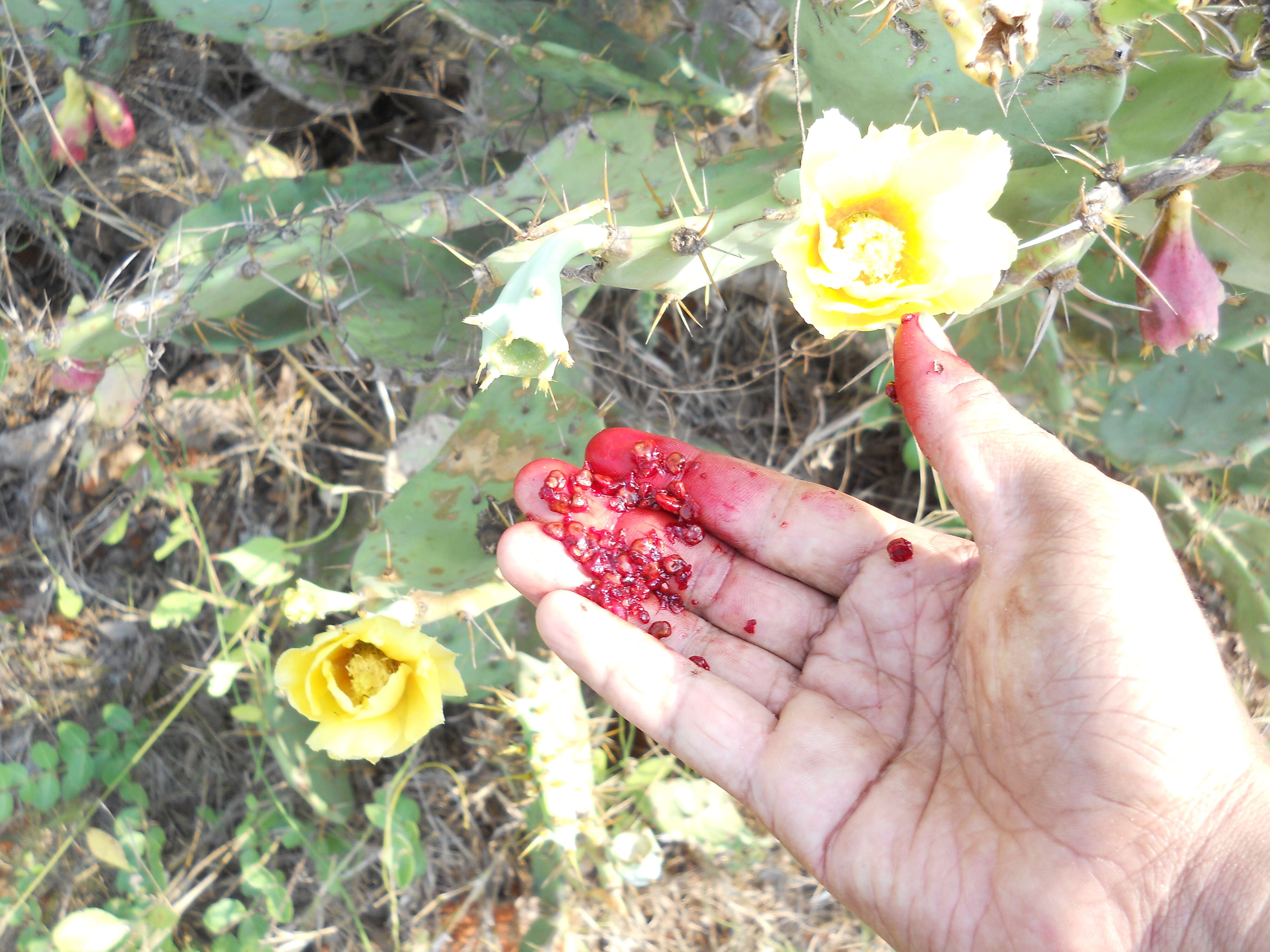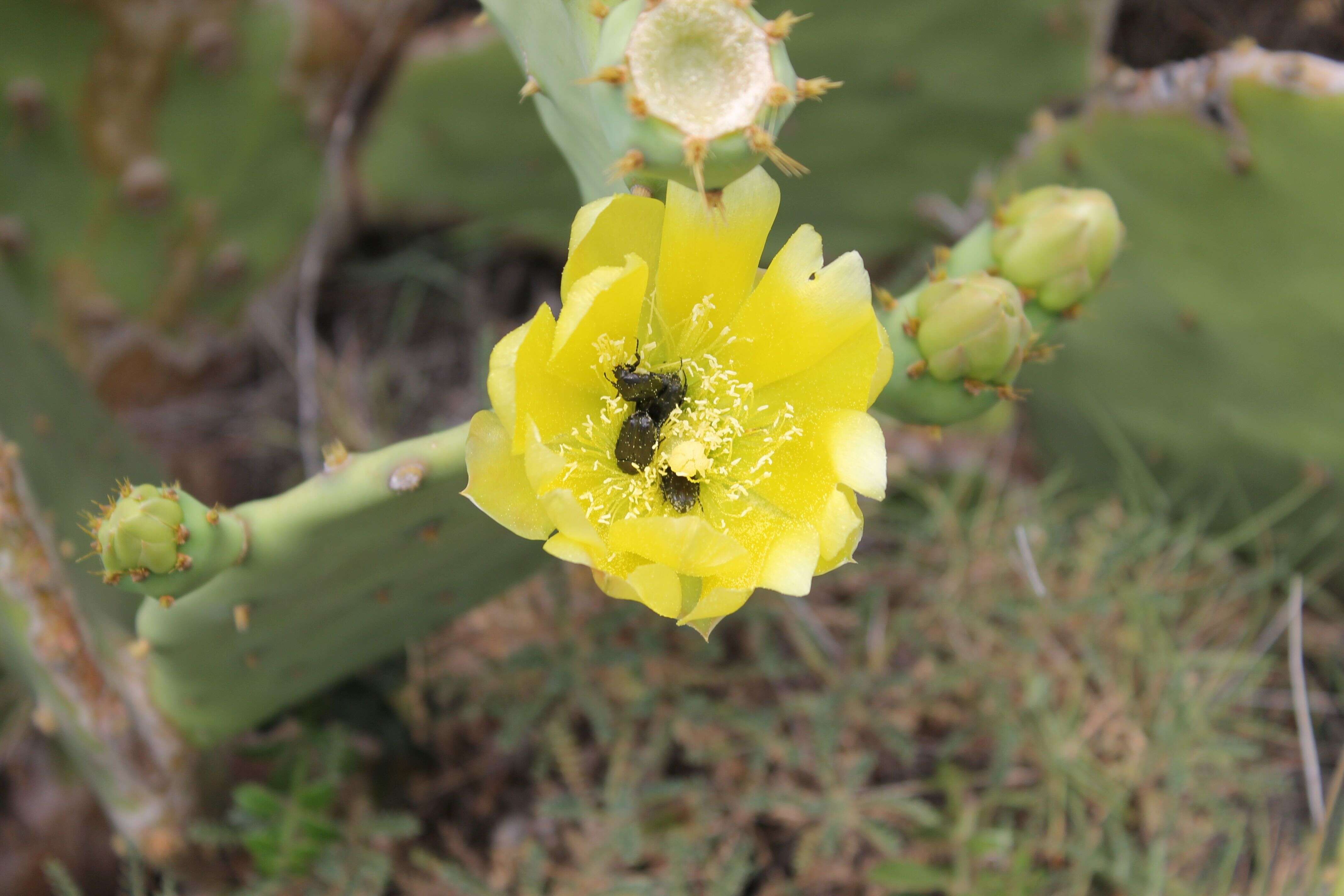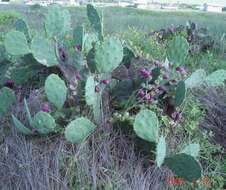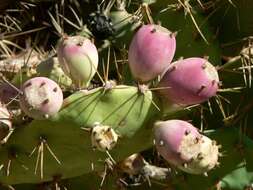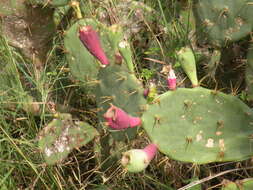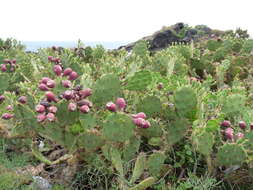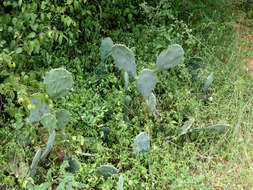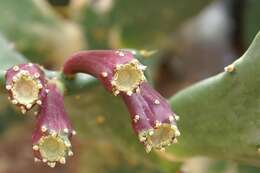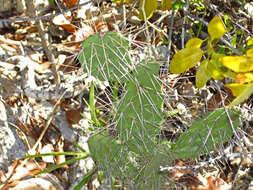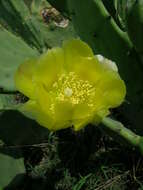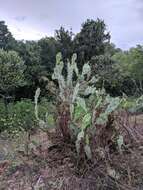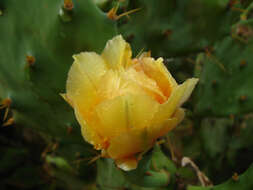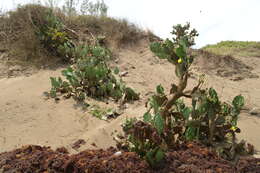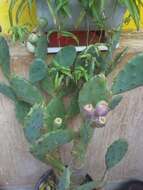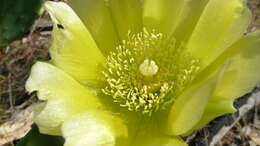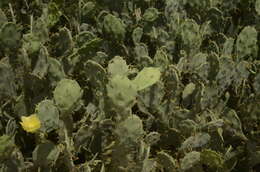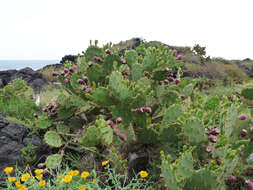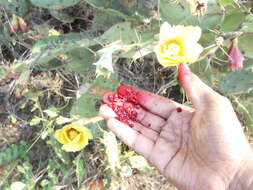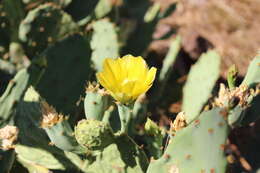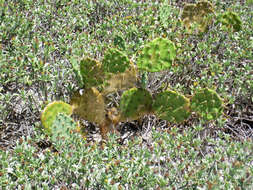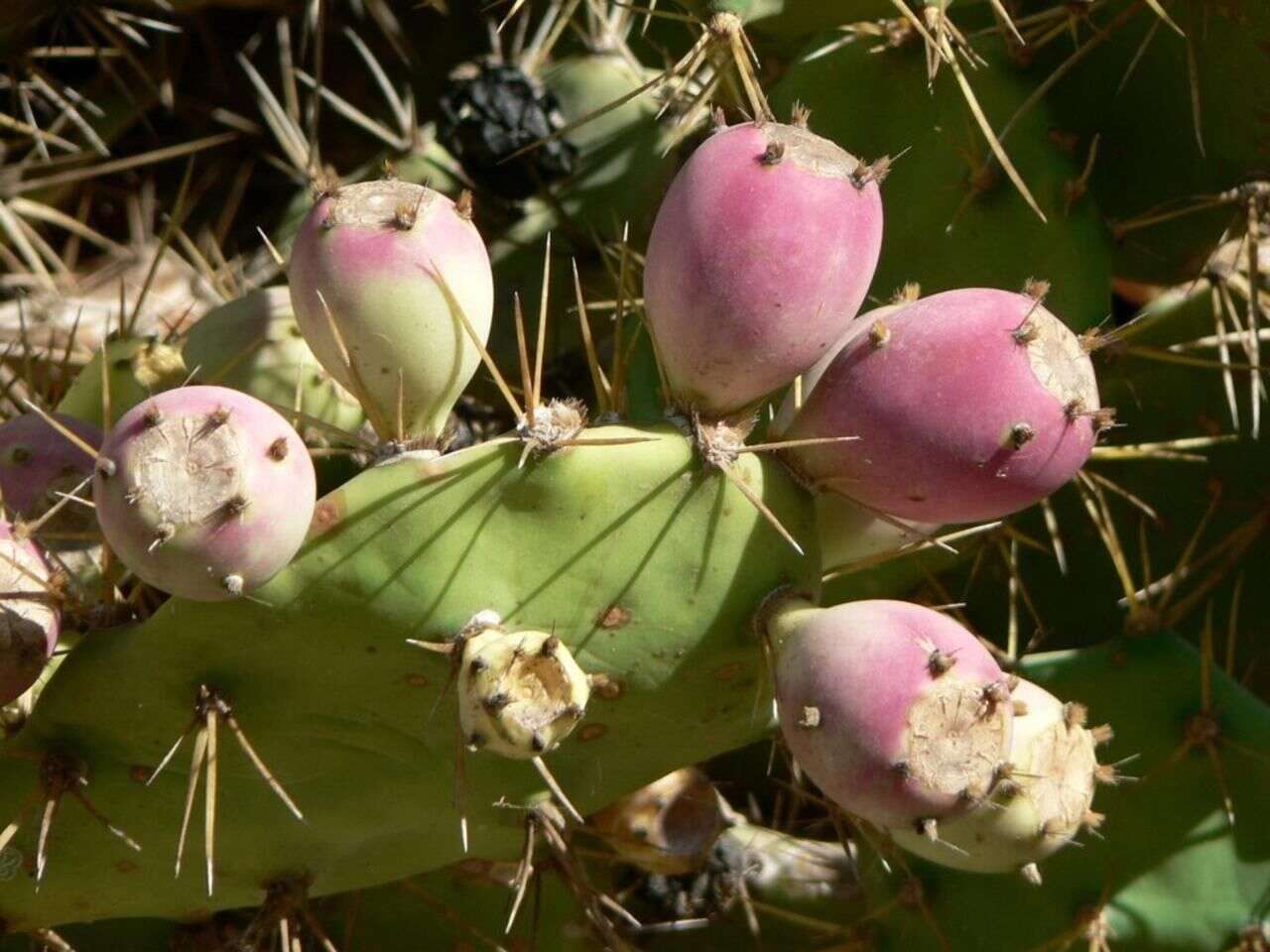
Summary.mw-parser-output table.commons-file-information-table,.mw-parser-output.fileinfotpl-type-information{border:1px solid #a2a9b1;background-color:#f8f9fa;padding:5px;font-size:95%;border-spacing:2px;box-sizing:border-box;margin:0;width:100%}.mw-parser-output table.commons-file-information-table>tbody>tr,.mw-parser-output.fileinfotpl-type-information>tbody>tr{vertical-align:top}.mw-parser-output table.commons-file-information-table>tbody>tr>td,.mw-parser-output table.commons-file-information-table>tbody>tr>th,.mw-parser-output.fileinfotpl-type-information>tbody>tr>td,.mw-parser-output.fileinfotpl-type-information>tbody>tr>th{padding:4px}.mw-parser-output.fileinfo-paramfield{background:#ccf;text-align:right;padding-right:0.4em;width:15%;font-weight:bold}.mw-parser-output.commons-file-information-table+table.commons-file-information-table,.mw-parser-output.commons-file-information-table+div.commons-file-information-table>table{border-top:0;padding-top:0;margin-top:-8px}@media only screen and (max-width:719px){.mw-parser-output table.commons-file-information-table,.mw-parser-output.commons-file-information-table.fileinfotpl-type-information{border-spacing:0;padding:0;word-break:break-word;width:100%!important}.mw-parser-output.commons-file-information-table>tbody,.mw-parser-output.fileinfotpl-type-information>tbody{display:block}.mw-parser-output.commons-file-information-table>tbody>tr>td,.mw-parser-output.commons-file-information-table>tbody>tr>th,.mw-parser-output.fileinfotpl-type-information>tbody>tr>td,.mw-parser-output.fileinfotpl-type-information>tbody>tr>th{padding:0.2em 0.4em;text-align:left;text-align:start}.mw-parser-output.commons-file-information-table>tbody>tr,.mw-parser-output.fileinfotpl-type-information>tbody>tr{display:flex;flex-direction:column}.mw-parser-output.commons-file-information-table+table.commons-file-information-table,.mw-parser-output.commons-file-information-table+div.commons-file-information-table>table{margin-top:-1px}.mw-parser-output.fileinfo-paramfield{box-sizing:border-box;flex:1 0 100%;width:100%}} Description: English: Image title: Cactus fruits Image from Public domain images website,
http://www.public-domain-image.com/full-image/flora-plants-public-domain-images-pictures/flowers-public-domain-images-pictures/cactus-pictures/cactus-fruits.jpg.html. Date: Not given Transferred by
Fæ on 2013-02-27. Source:
http://www.public-domain-image.com/public-domain-images-pictures-free-stock-photos/flora-plants-public-domain-images-pictures/flowers-public-domain-images-pictures/cactus-pictures/cactus-fruits.jpg. Author: Rosendahl. Permission(
Reusing this file): This file is in public domain, not copyrighted, no rights reserved, free for any use. You can use this picture for any use including commercial purposes without the prior written permission and without fee or obligation.

Description: English: Prickly pears alongside a hiking path, Los Silos, Tenerife (PPL1-Corrected). Date: 15 March 2019, 13:42:09. Source: Own work
http://julesvernex2.com. Author:
Jules Verne Times Two. Permission(
Reusing this file): In print media: On the picture/In the picture credits: Photo: Jules Verne Times Two / julesvernex2.com / CC-BY-SA-4.0 /
https://creativecommons.org/licenses/by-sa/4.0/deed.en If a mention in this form is not possible, please contact me before a planned use. In online media: On the picture/In the picture credits: Photo: Jules Verne Times Two / julesvernex2.com / CC-BY-SA-4.0 (linked to:
https://creativecommons.org/licenses/by-sa/4.0/deed.en) If possible, please also link to:
http://julesvernex2.com A license notice by hovering over the image is not sufficient, as this is not displayed e.g. during mobile access. The license notice must always be visible. For fellow Wikimedia editors: Please do not overwrite this file. For derivative works, you can use the
{{Derived from}} or
{{Extracted from}} templates. For improving the image, please contact us so that further editing can be done from the original raw file. Please send an email to verne@julesvernex2.com if you: require an address for sending a specimen copy, want to use the photo for a fee, i.e. not under the license specified, have further questions on license-compliant use. Camera location
28° 21′ 19.27″ N, 16° 49′ 49.14″ W View all coordinates using:
OpenStreetMap 28.355352; -16.830316.
Description: English: Location taken: Rawlings Conservatory & Botanic Gardens, Baltimore MD USA. Names: Opuntia stricta (Haw.) Haw., Araluen Pear, Australian Pest Pear, Chumbera, Coastal Prickly Pear, Coastal Prickly-Pear, Common Pest Pear, Common Prickly Pear, Dildo, Eltham Indian Fig, Eltham Indian-Fig, Erect Pricklypear, Erect Prickly Pear, Erect Prickly-Pear, Erect Pricklypear, Erect Pricklypear Cactus, Feigenkaktus, Gayndah Pear, Nopal estricto, Opúntia, Pakan, Palma-De-Espinho, Palmatória, Pest Pear of Australia, Pest Prickly-Pear, Pest Pricklypear, Sour Prickly Pear, Southern Spineless Cactus, Southern Spineless Cactus (Usa), Spineless Prickly Pear, Spiny Pest Pear, Suurturksvy, Sweet Prickly Pear, Sweet Prickly-Pear, Yaaxpakan, センニンサボテン, 缩刺仙人 Classification: Plantae > Magnoliophyta > Magnoliopsida > Caryophyllales > Cactaceae > Opuntia > Opuntia stricta. Date: 25 March 2006. Source: source: David Stang. First published at ZipcodeZoo.com. Author: Photo by David J. Stang.
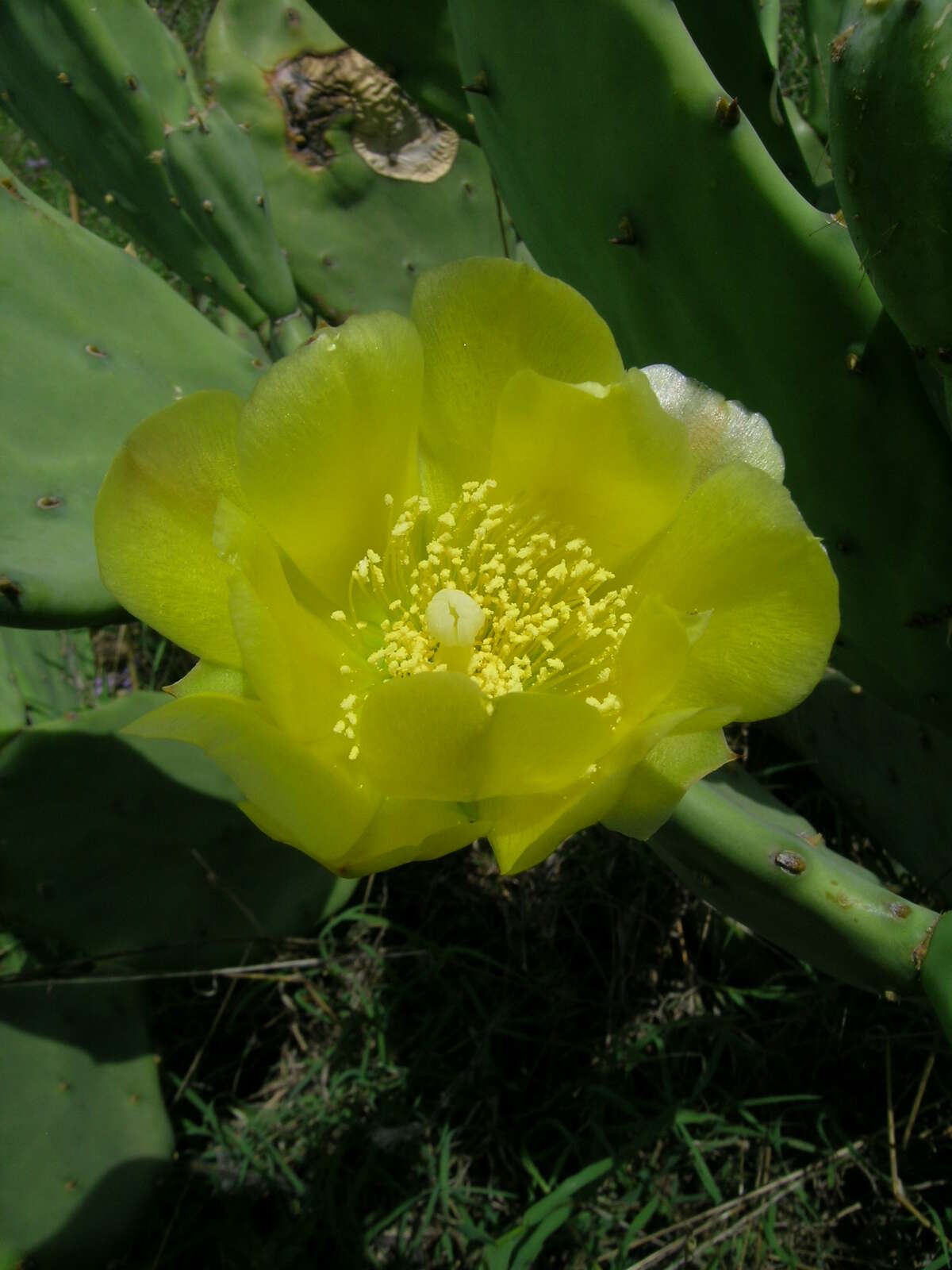
Summary.mw-parser-output table.commons-file-information-table,.mw-parser-output.fileinfotpl-type-information{border:1px solid #a2a9b1;background-color:#f8f9fa;padding:5px;font-size:95%;border-spacing:2px;box-sizing:border-box;margin:0;width:100%}.mw-parser-output table.commons-file-information-table>tbody>tr,.mw-parser-output.fileinfotpl-type-information>tbody>tr{vertical-align:top}.mw-parser-output table.commons-file-information-table>tbody>tr>td,.mw-parser-output table.commons-file-information-table>tbody>tr>th,.mw-parser-output.fileinfotpl-type-information>tbody>tr>td,.mw-parser-output.fileinfotpl-type-information>tbody>tr>th{padding:4px}.mw-parser-output.fileinfo-paramfield{background:#ccf;text-align:right;padding-right:0.4em;width:15%;font-weight:bold}.mw-parser-output.commons-file-information-table+table.commons-file-information-table,.mw-parser-output.commons-file-information-table+div.commons-file-information-table>table{border-top:0;padding-top:0;margin-top:-8px}@media only screen and (max-width:719px){.mw-parser-output table.commons-file-information-table,.mw-parser-output.commons-file-information-table.fileinfotpl-type-information{border-spacing:0;padding:0;word-break:break-word;width:100%!important}.mw-parser-output.commons-file-information-table>tbody,.mw-parser-output.fileinfotpl-type-information>tbody{display:block}.mw-parser-output.commons-file-information-table>tbody>tr>td,.mw-parser-output.commons-file-information-table>tbody>tr>th,.mw-parser-output.fileinfotpl-type-information>tbody>tr>td,.mw-parser-output.fileinfotpl-type-information>tbody>tr>th{padding:0.2em 0.4em;text-align:left;text-align:start}.mw-parser-output.commons-file-information-table>tbody>tr,.mw-parser-output.fileinfotpl-type-information>tbody>tr{display:flex;flex-direction:column}.mw-parser-output.commons-file-information-table+table.commons-file-information-table,.mw-parser-output.commons-file-information-table+div.commons-file-information-table>table{margin-top:-1px}.mw-parser-output.fileinfo-paramfield{box-sizing:border-box;flex:1 0 100%;width:100%}} Description: Erect, succulent perennial cactus up to 2 m tall, but more commonly 1 m tall. Reproduces by seed and from branch segments. Segments flattened, covered with clumps of short tufts of hair and occasionally 1 spine in the axils of short-lived scale leaves. Flowers are pale yellow, forming pear shaped, purple to red fruit. Seeds germinate year-round. First flowers develop when plants are at least 3 years old. A native of tropical & subtropical America, it grows well in both exposed and semi-shaded situations. Adapted to a broad range of soil types and widespread especially in NSW and Qld. Dispersed by segments attaching to animals and machinery. Viable seeds spread in the droppings of birds, foxes and other animals. Invasive pest species that can threaten grazing and agriculture on productive land. Biological control is the most effective control method. There are two agents - cactoblastis (Cactoblastis cactorum) and cochineal (Dactylopius opuntiae), which are more active in dry, warm areas of the state. Other control methods include ploughing, burning and chemical application. Date: 21 July 2014, 19:11. Source:
Opuntia stricta var stricta flower1. Author:
Harry Rose from South West Rocks, Australia.
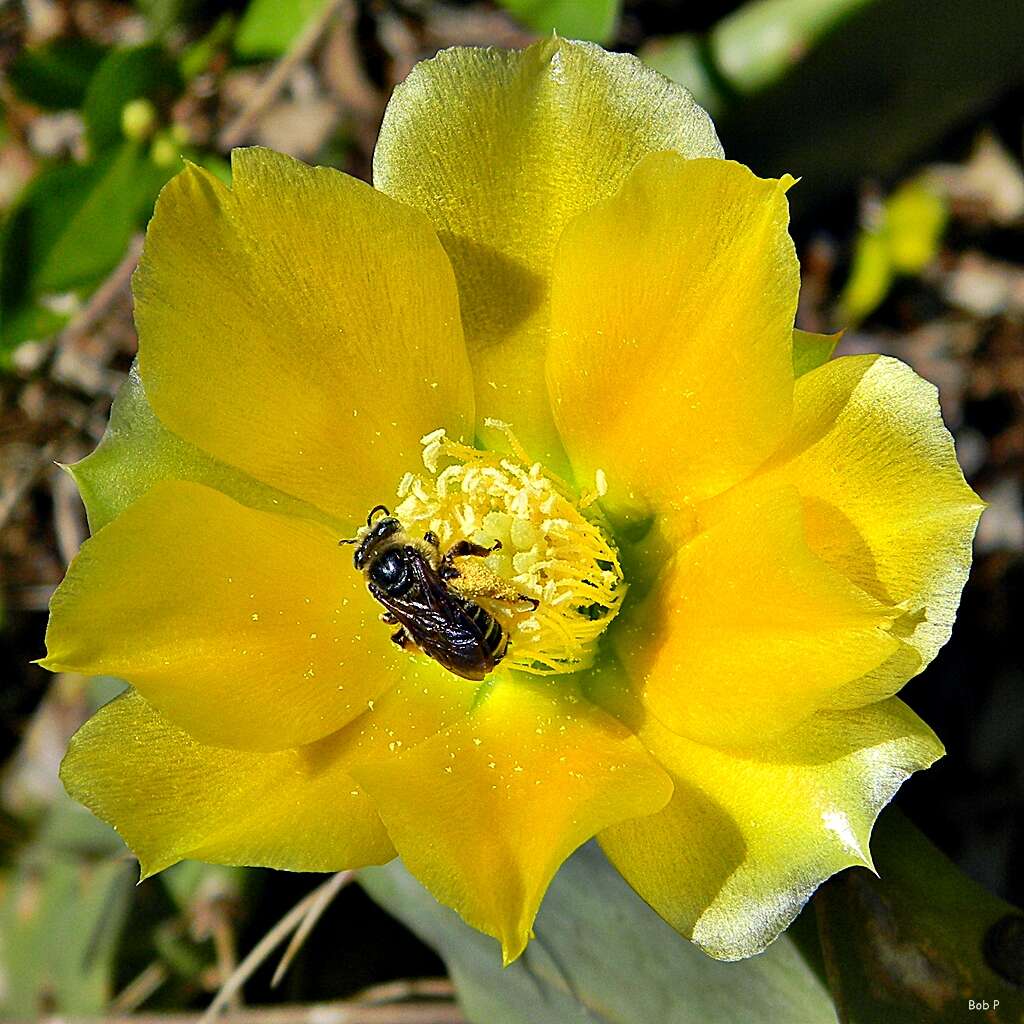
Summary.mw-parser-output table.commons-file-information-table,.mw-parser-output.fileinfotpl-type-information{border:1px solid #a2a9b1;background-color:#f8f9fa;padding:5px;font-size:95%;border-spacing:2px;box-sizing:border-box;margin:0;width:100%}.mw-parser-output table.commons-file-information-table>tbody>tr,.mw-parser-output.fileinfotpl-type-information>tbody>tr{vertical-align:top}.mw-parser-output table.commons-file-information-table>tbody>tr>td,.mw-parser-output table.commons-file-information-table>tbody>tr>th,.mw-parser-output.fileinfotpl-type-information>tbody>tr>td,.mw-parser-output.fileinfotpl-type-information>tbody>tr>th{padding:4px}.mw-parser-output.fileinfo-paramfield{background:#ccf;text-align:right;padding-right:0.4em;width:15%;font-weight:bold}.mw-parser-output.commons-file-information-table+table.commons-file-information-table,.mw-parser-output.commons-file-information-table+div.commons-file-information-table>table{border-top:0;padding-top:0;margin-top:-8px}@media only screen and (max-width:719px){.mw-parser-output table.commons-file-information-table,.mw-parser-output.commons-file-information-table.fileinfotpl-type-information{border-spacing:0;padding:0;word-break:break-word;width:100%!important}.mw-parser-output.commons-file-information-table>tbody,.mw-parser-output.fileinfotpl-type-information>tbody{display:block}.mw-parser-output.commons-file-information-table>tbody>tr>td,.mw-parser-output.commons-file-information-table>tbody>tr>th,.mw-parser-output.fileinfotpl-type-information>tbody>tr>td,.mw-parser-output.fileinfotpl-type-information>tbody>tr>th{padding:0.2em 0.4em;text-align:left;text-align:start}.mw-parser-output.commons-file-information-table>tbody>tr,.mw-parser-output.fileinfotpl-type-information>tbody>tr{display:flex;flex-direction:column}.mw-parser-output.commons-file-information-table+table.commons-file-information-table,.mw-parser-output.commons-file-information-table+div.commons-file-information-table>table{margin-top:-1px}.mw-parser-output.fileinfo-paramfield{box-sizing:border-box;flex:1 0 100%;width:100%}} Description: A pricklypear cactus of shell mounds, dunes and coastal hammocks. The bee is Lithurgopsis gibbosa (formerly Lithurgus gibbosus) who specializes in pollinating cacti. Munyon Island, near North Palm Beach, Florida. Date: 22 May 2014, 09:54. Source:
Opuntia stricta - Shell Mound Pricklypear. Author:
Bob Peterson from North Palm Beach, Florida, Planet Earth!. Camera location
26° 48′ 42.26″ N, 80° 02′ 43.09″ W View all coordinates using:
OpenStreetMap 26.811738; -80.045303.

Summary.mw-parser-output table.commons-file-information-table,.mw-parser-output.fileinfotpl-type-information{border:1px solid #a2a9b1;background-color:#f8f9fa;padding:5px;font-size:95%;border-spacing:2px;box-sizing:border-box;margin:0;width:100%}.mw-parser-output table.commons-file-information-table>tbody>tr,.mw-parser-output.fileinfotpl-type-information>tbody>tr{vertical-align:top}.mw-parser-output table.commons-file-information-table>tbody>tr>td,.mw-parser-output table.commons-file-information-table>tbody>tr>th,.mw-parser-output.fileinfotpl-type-information>tbody>tr>td,.mw-parser-output.fileinfotpl-type-information>tbody>tr>th{padding:4px}.mw-parser-output.fileinfo-paramfield{background:#ccf;text-align:right;padding-right:0.4em;width:15%;font-weight:bold}.mw-parser-output.commons-file-information-table+table.commons-file-information-table,.mw-parser-output.commons-file-information-table+div.commons-file-information-table>table{border-top:0;padding-top:0;margin-top:-8px}@media only screen and (max-width:719px){.mw-parser-output table.commons-file-information-table,.mw-parser-output.commons-file-information-table.fileinfotpl-type-information{border-spacing:0;padding:0;word-break:break-word;width:100%!important}.mw-parser-output.commons-file-information-table>tbody,.mw-parser-output.fileinfotpl-type-information>tbody{display:block}.mw-parser-output.commons-file-information-table>tbody>tr>td,.mw-parser-output.commons-file-information-table>tbody>tr>th,.mw-parser-output.fileinfotpl-type-information>tbody>tr>td,.mw-parser-output.fileinfotpl-type-information>tbody>tr>th{padding:0.2em 0.4em;text-align:left;text-align:start}.mw-parser-output.commons-file-information-table>tbody>tr,.mw-parser-output.fileinfotpl-type-information>tbody>tr{display:flex;flex-direction:column}.mw-parser-output.commons-file-information-table+table.commons-file-information-table,.mw-parser-output.commons-file-information-table+div.commons-file-information-table>table{margin-top:-1px}.mw-parser-output.fileinfo-paramfield{box-sizing:border-box;flex:1 0 100%;width:100%}} Description: Prickly Pear, Opuntia stricta. Near Inglewood, Queensland Australia, November 2013. Date: 12 November 2013, 15:35. Source:
Prickly Pear flower. Author:
John Tann from Sydney, Australia. Camera location
28° 19′ 25.24″ S, 150° 54′ 44.47″ E View all coordinates using:
OpenStreetMap-28.323678; 150.912354.

